Researchers at Penn State University, USA, have developed a method to control the dissolve rate of biodegradable medical electronics for prolonged use in the body.
From Penn State 26/07/24

Biodegradable electronics allow for medical devices — such as drug delivery systems, pacemakers, or neural implants — to safely degrade into materials that are absorbed by the body after they are no longer needed.
But if the water-soluble devices degrade too quickly, they cannot accomplish their purpose.
Now, researchers have developed the ability to control the dissolve rate of these biodegradable electronics by experimenting with dissolvable elements, like inorganic fillers and polymers, that encapsulate the device.
The team, led by Huanyu “Larry” Cheng, the James L. Henderson, Jr. Memorial Associate Professor of Engineering Science and Mechanics at Penn State, published their findings in Advanced Functional Materials.
“Biodegradable electronics enable patients to have one surgery instead of two, as they do not need to undergo a second operation to remove the implant once it is in place, but we still need the device to last long enough to accomplish its medical purpose,” said Ankan Dutta, co-first author on the paper, doctoral student in engineering science and mechanics and fellow of the Cross Disciplinary Neural Engineering Training Program at Penn State.
“In this work, we developed an encapsulation strategy that allows a device to remain in the body without degrading for over 40 days while retaining its mechanical properties, which surpasses previously reported devices.”
Encapsulating a biodegradable device using zinc oxide- or silicon dioxide-based fillers allows the device to break down slower, and therefore work for longer periods of time, Dutta explained.
Dutta used modeling software to determine how using different materials and designs impacted the onset of degradation of the electronic implant in the body.
He and the team found that coating the device in silicon dioxide flakes worked best to control the degradation rate.
Through modeling, Dutta also determined how the ratio of the width and thickness of the encapsulation, or aspect ratio, played a role in predicting the degradation onset of the device.
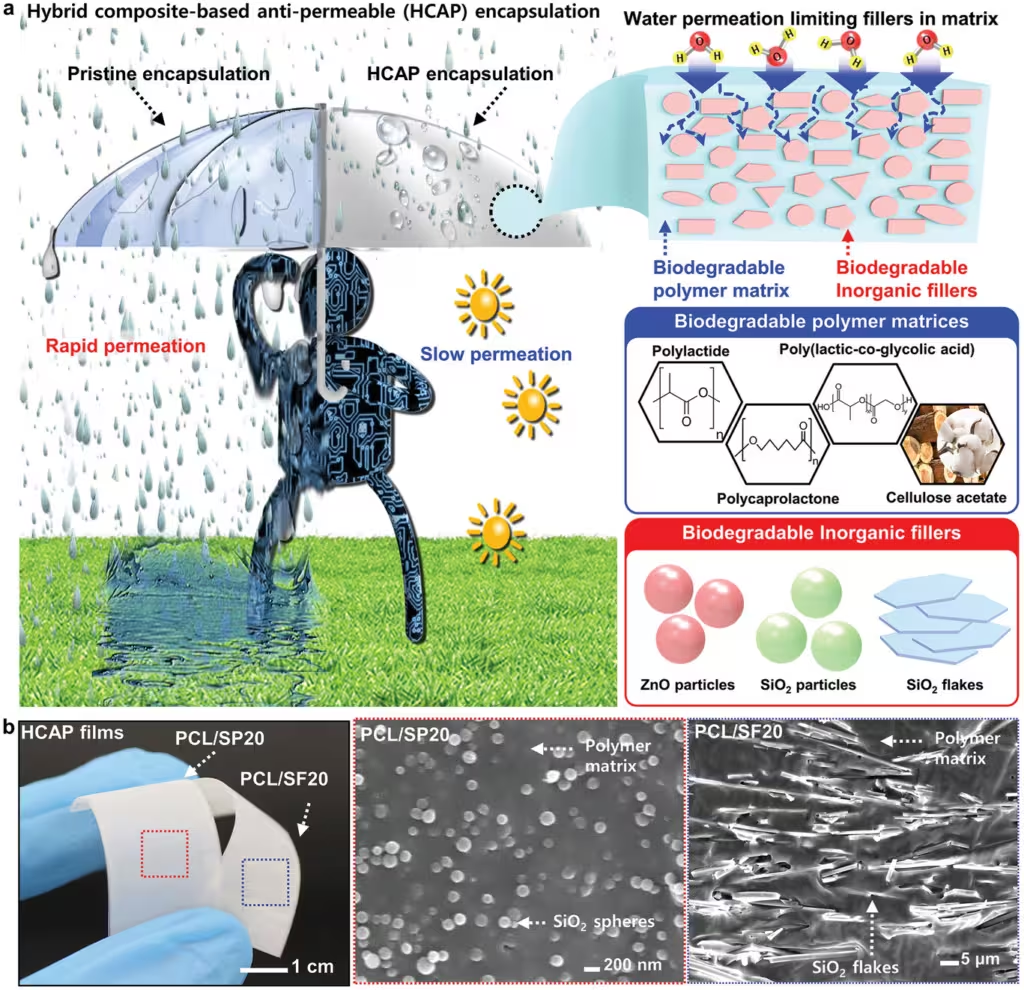
“Inexpensively, we can fine-tune how fast a device will degrade based on the aspect ratio, the types of materials used, and how many fillers were used,” Dutta said.
“We are achieving what we call ‘on-demand transient electronics,’ where we passively control how fast an implant degrades inside a body based on its materials.”
Collaborators at Korea University (KU), led by co-corresponding author Suk-Won Hwang, associate professor in the KU-Korea Institute for Science and Technology (KIST) Graduate School of Converging Science & Technology, used Dutta’s simulations to fabricate a prototype of a biodegradable implant.
“A high-efficiency biodegradable encapsulation approach can significantly increase the functional lifetime of electronic devices, which consist of a biodegradable polymer matrix and a biodegradable organic filler, to create a dispersed composite solution,” Hwang said.
“The composite solution was cast into a film, allowing for large-scale production without additional treatments, enhancing its practical applicability.”
In past research, which Dutta outlined in a review paper he co-authored with Cheng and published in Nanoscale in 2023, the researchers explored active degradation of implants.
In active degradation, researchers use third-party systems like ultrasound or light technology to trigger a device to break down from outside of the body — however, they found that the practice can be costly and difficult in clinical settings.
“Devices that passively degrade on their own without the use of third-party systems are both inexpensive and more feasible to potentially use in a patient care setting in the future,” Dutta said.
In addition to Cheng, Dutta, and Hwang, other contributors include Gwan-Jin Ko, Heeseok Kang, Won Bae Han, Jeong-Woong Shin, Tae-Min Jang, Sungkeun Han, Jun Hyeon Lim, Chan-Hwi Eom, So Jeong Choi, and Yelynn Ryu, all from KU, and Woon-Hong Yeo from the Georgia Institute of Technology.
The KIST Institutional Program, the KU-KIST Graduate School of Converging Science and Technology Program, the National Research Foundation of Korea, the Korean Government’s Ministry of Science and Information and Communication Technology, and the U.S. National Institutes of Health supported this work.
More info
You may also be curious about:
-

Deep-ocean floor produces its own oxygen
-
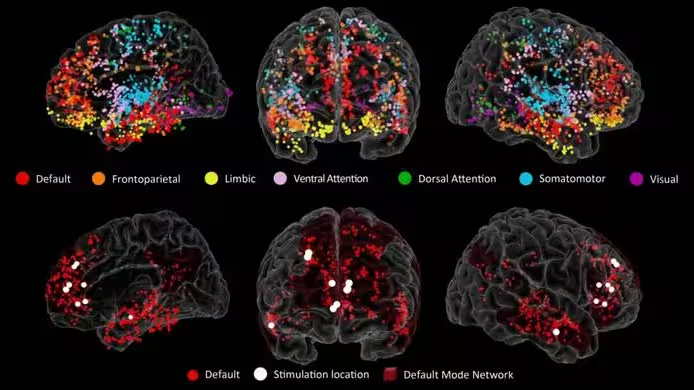
Study pinpoints origins of creativity in the brain
-
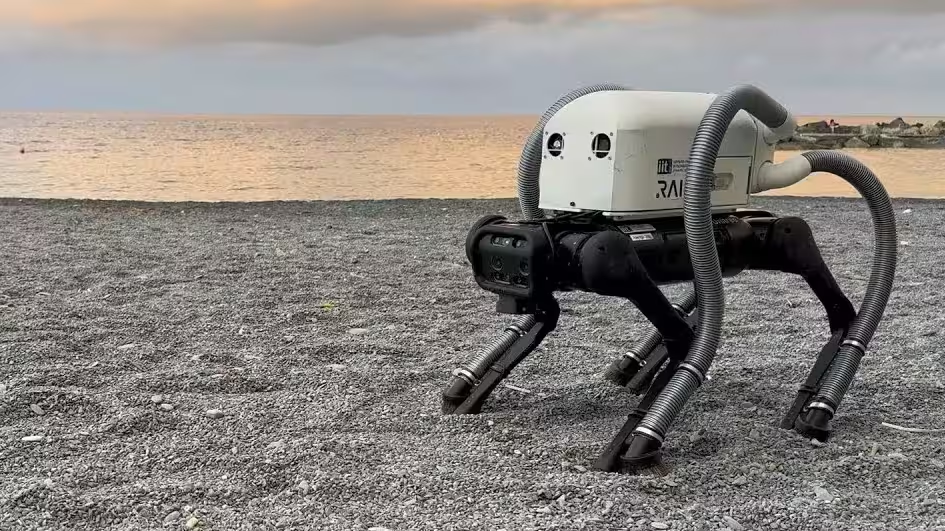
VIDEO: Vacuum-legged quadruped picks up litter
-

Conveyor belt speeds up man overboard rescue
-
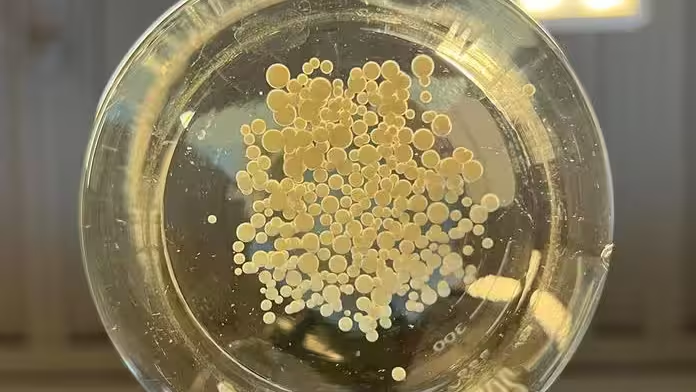
Converting wastewater to fertiliser with fungal treatment
-

New dawn for space storm alerts could help shield Earth’s tech
-

Study unravels how our brains track time
-

New tractor beam technology aims to minimise biopsy trauma
-
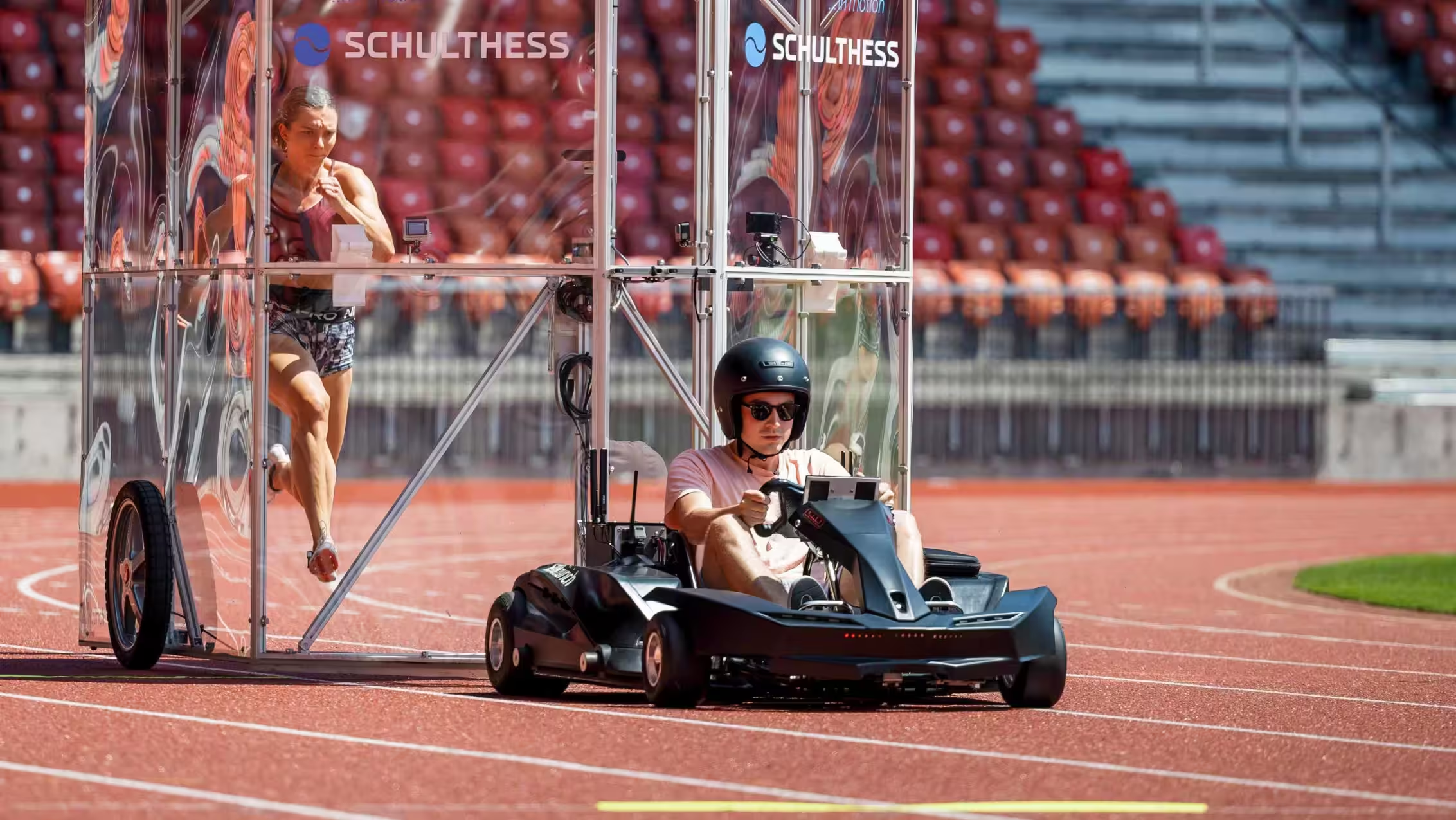
Running with no air resistance
-
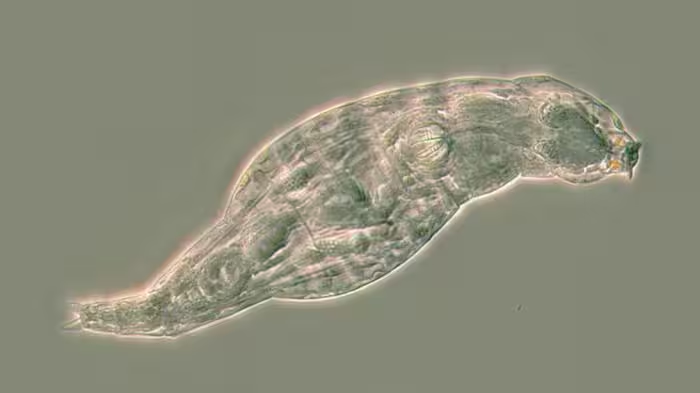
Small animals acquire genes from bacteria that can produce antibiotics
-

Skeleton discovery shows earthquake may have made Vesuvius eruption even more deadly
-
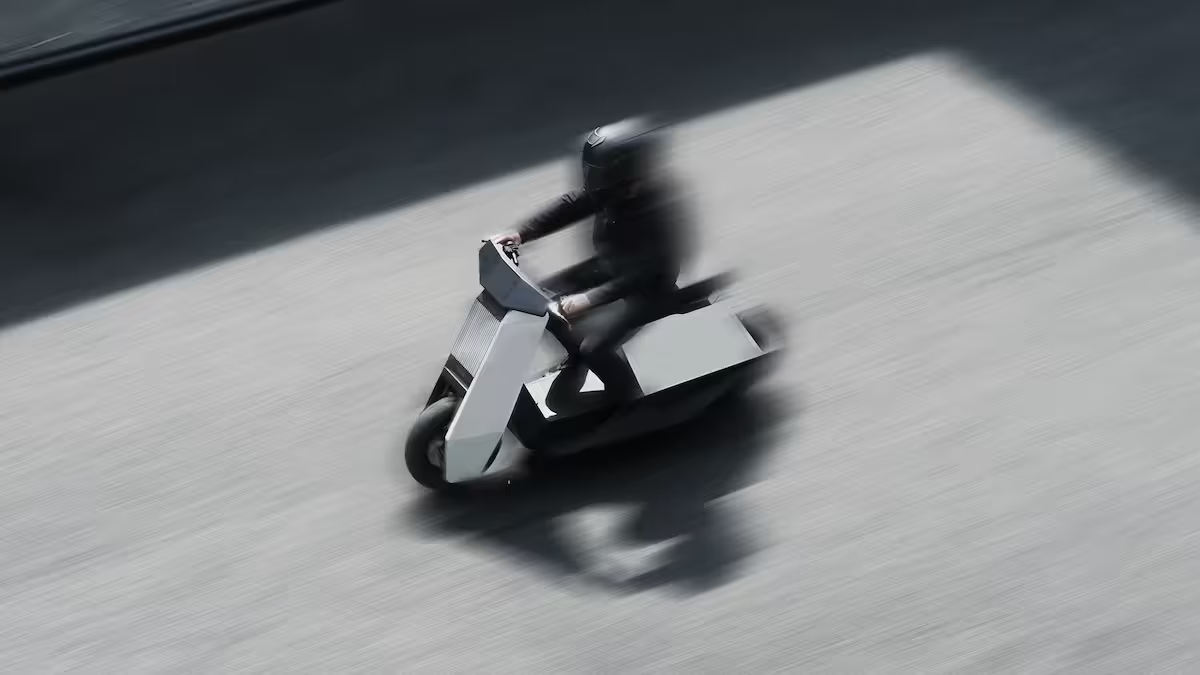
Infinite Machine reopen reservations for Cybertruck-inspired e-scooter
